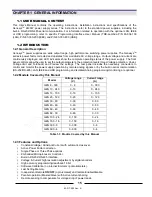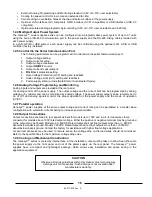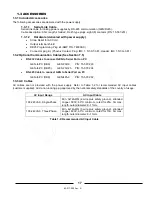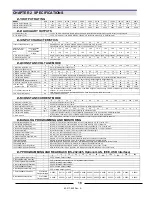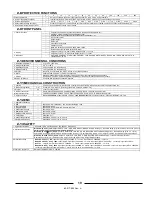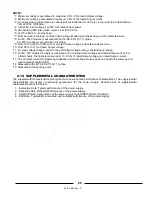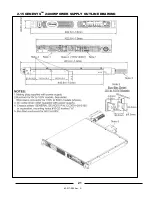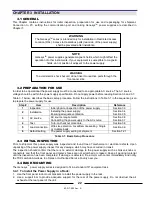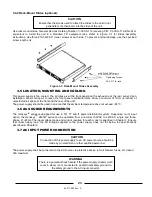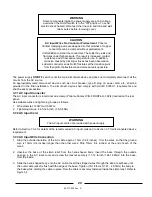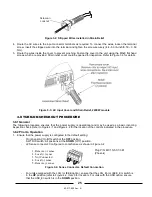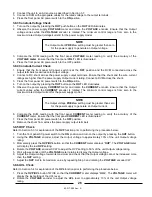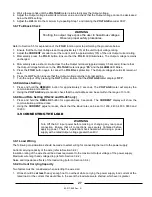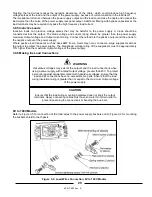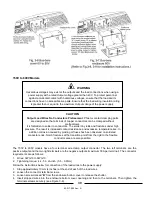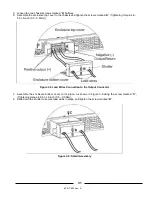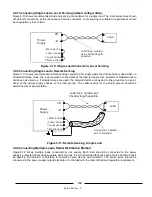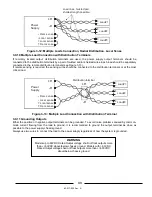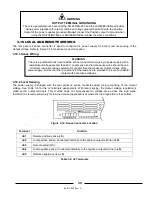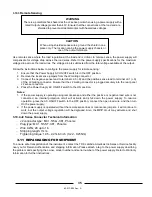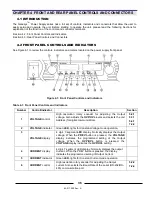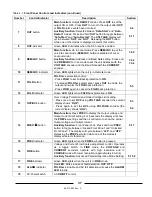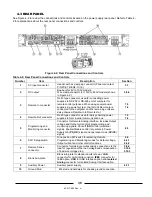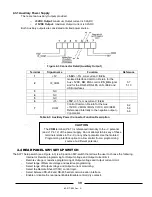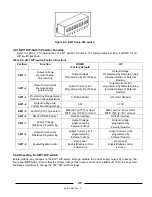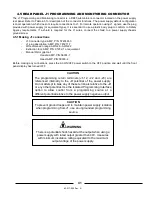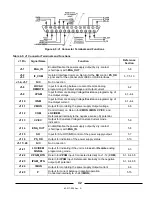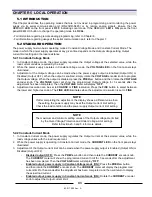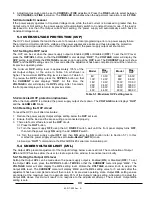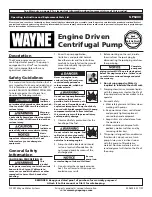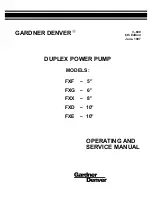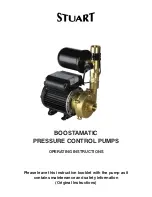
83-517-000 Rev.
A
29
Twisting the load wires reduces the parasitic inductance of the cable, which could produce high frequency
voltage spikes at the load and the output of the power supply, because of current variation in the load itself.
The impedance introduced between the power supply output and the load could make the ripple and noise at the
load worse than the noise at the power supply rear panel output. Additional filtering with bypass capacitors at the
load terminals may be required to bypass the high frequency load current.
Inductive Loads
3.9.5
Inductive loads can produce voltage spikes that may be harmful to the power supply. A diode should be
connected across the output. The diode voltage and current rating should be greater than the power supply
maximum Output voltage and Output current rating. Connect the cathode to the positive output and the anode to
the negative output of the power supply.
Where positive load transients such as back EMF from a motor may occur, connect a surge suppressor across
the output to protect the power supply. The breakdown voltage rating of the suppressor must be approximately
10% higher than the maximum Output voltage of the power supply.
Making the Load Connections
3.9.6
8V to 100V Models
Refer to Figure 3-5 for connection of the load wires to the power supply busbars and to Figure 3-6 for mounting
the busbars shield to the chassis.
Figure 3-5: Load Wires Connection, 8V to 100V Models
WARNING
Hazardous voltages may exist at the outputs and the load connections when
using a power supply with a rated Output voltage greater than 40V. To protect
personnel against accidental contact with hazardous voltages, ensure that the
load and its connections have no accessible live parts. Ensure that the load
wiring insulation rating is greater than or equal to the maximum Output voltage
of the power supply.
CAUTION
Ensure that the load wiring mounting hardware does not short the output
terminals. Heavy connecting cables must have some form of strain relief to
prevent loosening the connections or bending the bus-bars.

